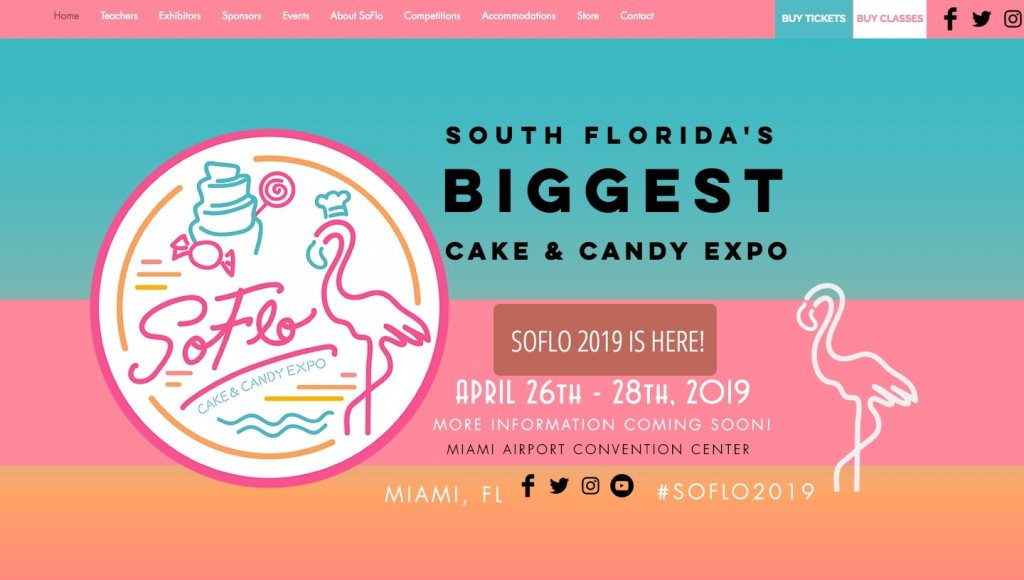

This is fine, but isn't useful for the current page! In addition, browsers will give prefetch resources a lower priority than preload ones - the current page is more important than the next. has been supported in browsers for a long time, but it is intended for prefetching resources that will be used in the next navigation/page load (e.g.Other preloading features exist, but none are quite as fit for purpose as : This doesn't have to be limited to images, or even files of the same type - think big! You could perhaps preload and display a simple SVG diagram if the user is on a narrow screen where bandwidth and CPU is potentially more limited, or preload a complex chunk of JavaScript then use it to render an interactive 3D model if the user's resources are more plentiful.

This makes it much more likely that the font will be available for the page render, cutting down on FOUT (flash of unstyled text). We use Window.matchMedia / MediaQueryList to do this (see Testing media queries for more). We include media attributes on our elements so that a narrow image is preloaded if the user has a narrow viewport, and a wider image is loaded if they have a wide viewport. querySelector ( 'header' ) if (mediaQueryList. matchMedia ( "(max-width: 600px)" ) var header = document. Responsive preload example My site var mediaQueryList = window.

Wix preloaded with linotype fonts code#
However, the lack of preloading doesn’t prevent the video/webm video from actually being used by those who need it: for users whose browsers don’t have video/mp4 support but do have video/webm support, the code in the example above does still cause the video/webm video to be used - but it does so without also causing it to also be preloaded unnecessarily for the majority of other users. That’s why the code in the example above doesn’t specify preloading for the video/webm video. Instead, the best practice is to specify preloading only for the type the majority of your users are likely to actually use. Therefore, specifying preloading for multiple types of the same resource is discouraged. Note that for users whose browsers have both video/mp4 and video/webm support, if in that code a element were also specified, then both the video/mp4 and video/webm videos would be preloaded - even though only one of them would actually be used. That makes the video player hopefully smoother/more responsive for users who have video/mp4 support in their browsers. The code in the example above causes the video/mp4 video to be preloaded only in supporting browsers - and for users who have video/mp4 support in their browsers, causes the video/mp4 video to actually be used (since it’s the first specified). Video preload example Your browser doesn't support HTML5 video.

Here we preload our CSS and JavaScript files so they will be available as soon as they are required for the rendering of the page later on. JS and CSS preload example bouncing balls


 0 kommentar(er)
0 kommentar(er)
